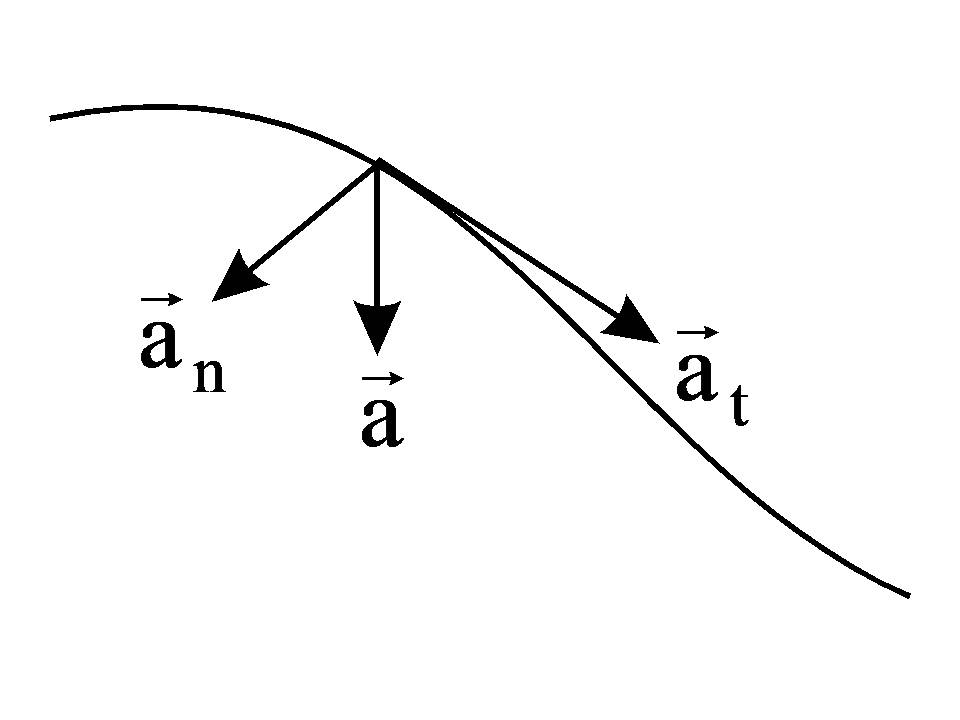Important Points Regarding Acceleration
(i) There is no definite relation between the direction of velocity vector and the direction of acceleration vector i.e. angle between velocity and acceleration may have any value. For Example
(a) In case of projectile motion. (figure)

The angle between acceleration and velocity is at O,
at A and
at C.
(b) For a ball thrown vertically upward, the angle between velocity and acceleration is 180° while for a ball falling downward this angle is 0°, (zero).
(ii) If a body is acted upon by a constant acceleration, its path
(a) will be a straight line if its initial velocity is along the line of acceleration.
(b) will be a parabola if its initial velocity is making some angle other than zero or 180° with the acceleration.
(iii) If the magnitude of velocity is constant and only its direction changes with time, then acceleration is perpendicular to the velocity vector.
(iv) If an object is moving along a straight line, its acceleration vector is along the line of motion.
(v) In general, the path followed by a particle may be curved. Then net acceleration of the particle has two components.

(a) Tangential acceleration – along the tangent to the path. Tangential acceleration is the rate of change of speed
at =
(b) Normal acceleration – along the normal to the tangent line.
Normal acceleration = v2/r
where v = speed of the particle ; r = radius of curvature of the path
(vi) For a body moving with uniform acceleration, we have
average acceleration = instantaneous acceleration
Leave a Reply